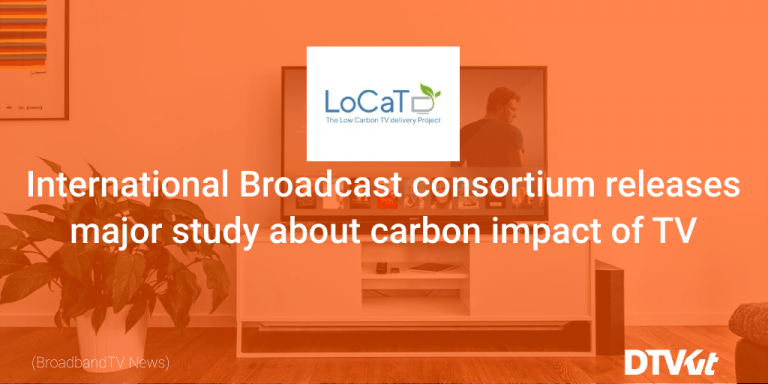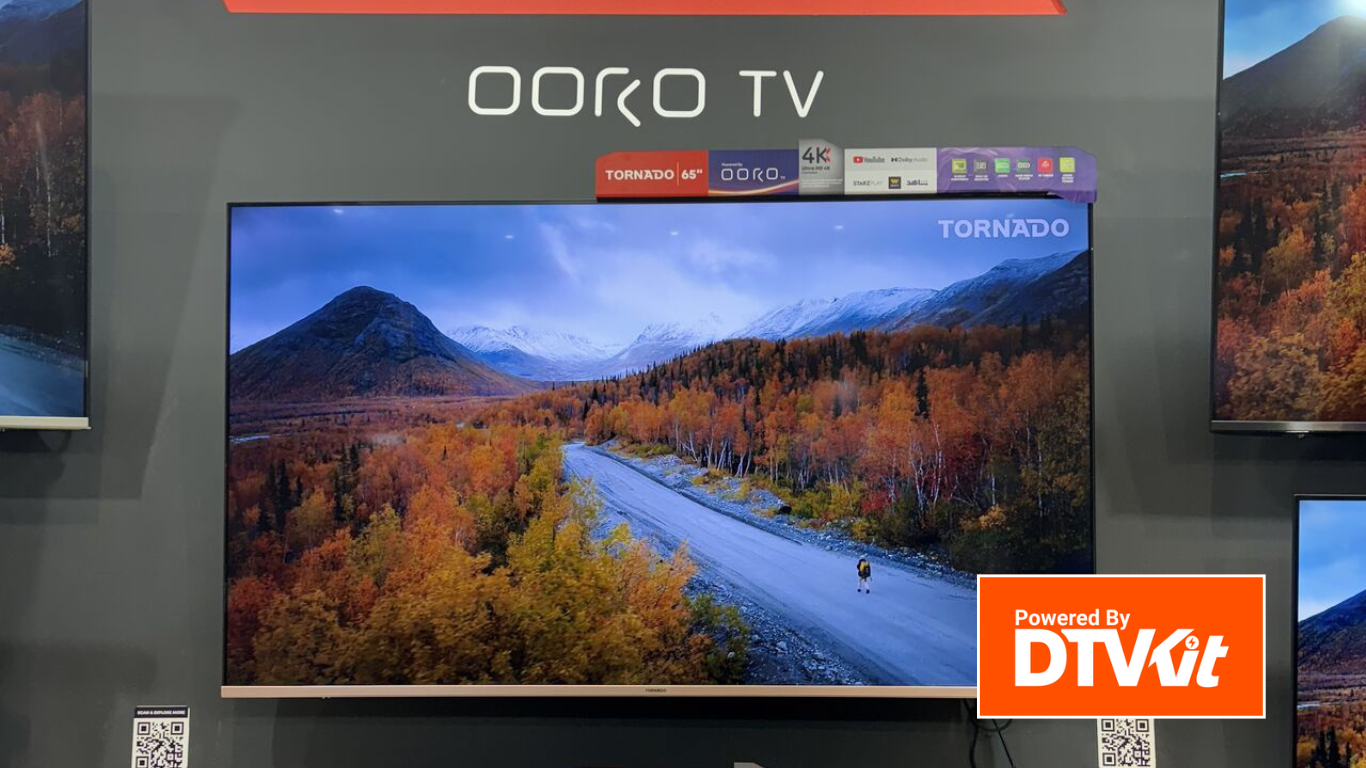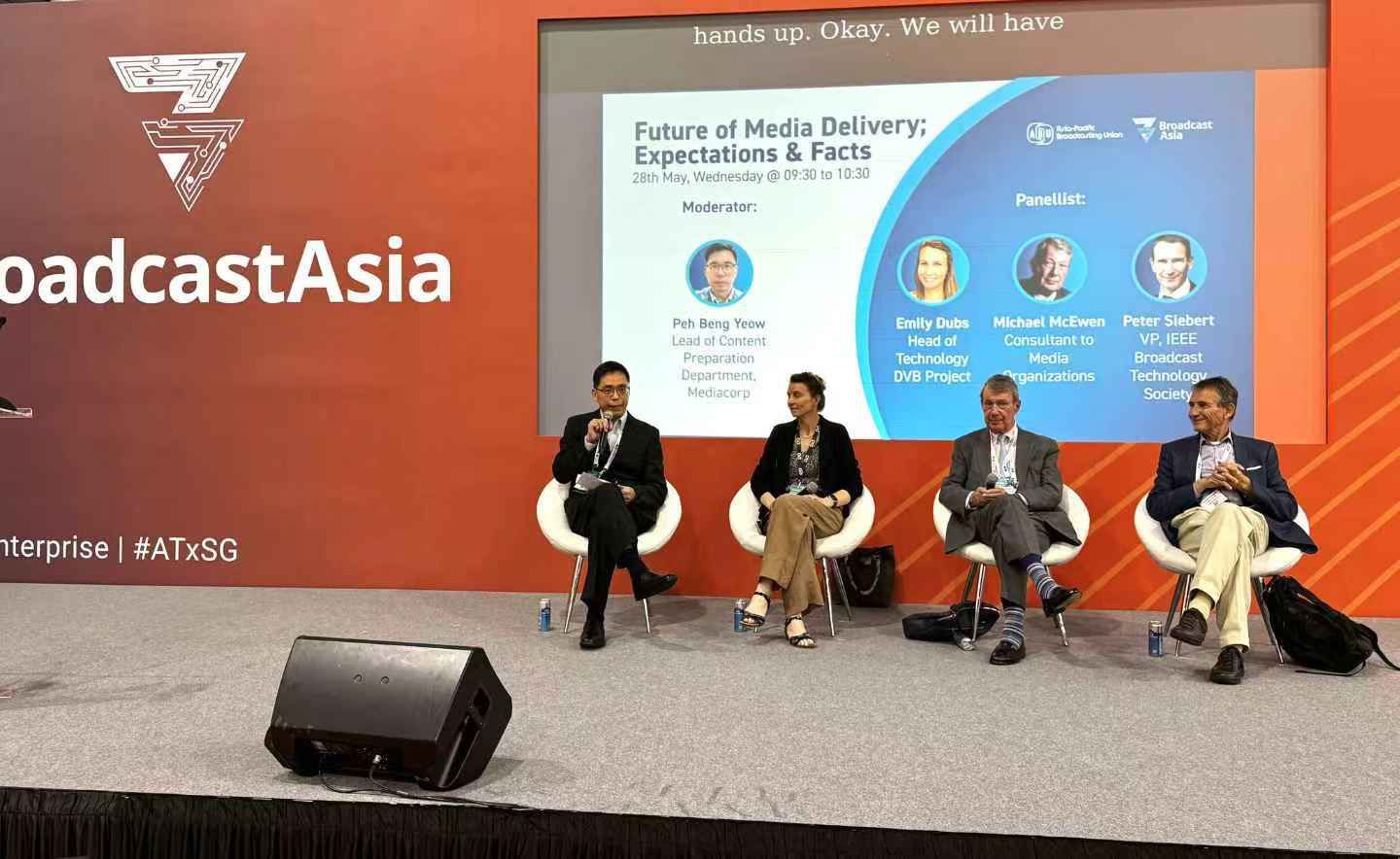A major study has shown that digital terrestrial television (DTT) consumes significantly less energy in comparison to IP delivery such as streaming.
What is the LoCaT project?
The LoCat Project brings together a group of European broadcast, streaming and technology providers. Their study, conducted by Carnstone, compared the energy consumption across DTT, OTT (over-the-top) and managed IPTV services.
Hervé Pavard, Chairman of ATET, the trade body that represents DTT in France said: “All broadcasters who are part of ATET are convinced of the importance for their respective public service mission, or commercial business interests, of delivering their programs through DTT amongst other options; we now have the clear confirmation that it has also an important environmental benefit which needs to be protected.”
What are the statistics?
The study concludes that on average across Europe in 2020, the energy consumption associated with one device viewing hour delivered via DTT (digital terrestrial television) was 14 Wh, 109 Wh for over the top delivery (OTT) and 153 Wh for managed IPTV. This equated to 3g of carbon dioxide equivalent emissions (CO2e) for DTT, 26g CO2e for OTT and 37 gCO2e for IPTV.
This excludes the energy consumption of the television set itself (4), typically 56 Wh or 13 g CO2 per hour.
The lower energy consumption of DTT results from the efficiency of the broadcasting networks, as well as the simplicity of the in-home reception equipment. Apart from a small fraction of households requiring an antenna amplifier, the DTT antenna cable is typically connected directly to the TV without the need for an active device.
Find out more from LoCat in a Broadband TV News hosted seminar on November 30, 2021.







